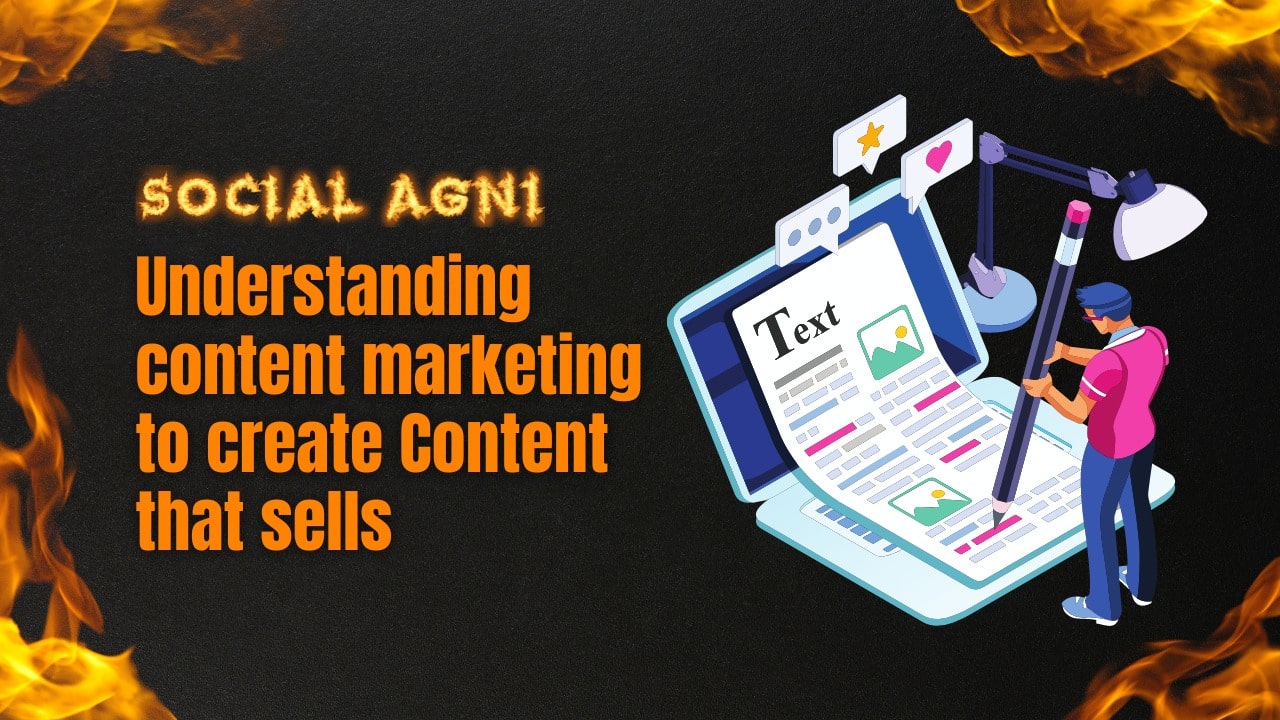If you’re like most business owners, you understand the importance of content marketing – but you’re not certain how to go about creating it. In this article, we’ll explore how content marketing works, and show you how to create content that sells your services or product. Once you know the basics, it’ll be much easier to create high-quality content that will keep your customers happy and driving repeat business. What is Content Marketing? Content marketing is the process of creating, publishing, and promoting content that supports the business goals of a company or organization. According to Content Marketing Institute (CMI), content marketing is “the activity of creating and delivering relevant and engaging content to create awareness, interest, and purchase intention”. In other words, it’s all about creating valuable content that helps your business achieve its objectives. There are many different ways to approach content marketing, but at its core, it’s all about creating valuable and shareable information that helps your business grow. Here are four essential elements of a successful content marketing strategy: Goal Setting: Before you even start writing any content, it’s important to have a clear idea of what you want your website or blog to achieve. This might include goals such as increasing brand awareness, boosting website traffic, growing a customer base, or producing leads. Once you have your goals in mind, it’s much easier to determine what type of content will help you reach those objectives. Planning & Research: Next, you need to plan your content marketing strategy thoroughly. This means researching which topics will resonate with your target audience and finding the right platforms (e.g. website, blog, social media, etc.) to share that content. Producing Quality Content: Once you have your plan in place and some relevant content ready to go, it’s time to start producing quality content. This means writing from a perspective that’s interesting and informative for your readers, using reliable sources (if applicable), and formatting your content properly. Monitoring & Evaluating Results: Once you’ve started publishing content and gauging its effects, it’s important to keep an eye on the progress and make necessary adjustments as needed. This way, you can ensure that your content marketing strategy is working towards the desired goals. Overall, a successful content marketing strategy requires dedication, planning, research, and quality production – all of which can be done in collaboration with a professional writer. If you’re interested in starting a content marketing campaign for your business or organization, please don’t hesitate to contact us! What are the Goals of Content Marketing? To create content that sells, marketers must first understand their goals. There are four main goals that can be pursued when creating content: Create awareness Increasing leads or sales Improving customer satisfaction, and Building brand awareness. Awareness is created when the content is read and considered by a consumer. Increases in leads or sales can be seen when consumers take action as a result of the information learned from the content. Improved customer satisfaction can be seen when customers are satisfied with the quality of the content, the ease of accessing it, and how it meets their needs. Lastly, brand awareness is created when consumers learn about a company or product through the content marketing efforts. Ways to Create Content that Sells Content marketing is the process of creating and distributing relevant, interesting, and valuable content to attract and hold the attention of potential customers. Content that sells is content that provides value to its audience and helps them solve their problems or meet their needs. To create content that sells, you need to identify your target audience and understand their needs. Once you know what they want, you can create content that meets those needs and attracts them to your site. You can also use content marketing to build relationships with your audience and sell them products or services. To create content that sells, start by identifying your target audience. Your target audience is the group of people who you want to reach with your content. You can identify your target audience based on who you are trying to sell to (such as customers, clients, or subscribers), where you want them to be (geographic location, age group, etc.), or what type of content they are interested in (information, entertainment, product reviews, etc.). Once you have identified your target audience, it is important to understand their needs. Your target audience may be looking for information about a specific topic (such as how to start a business), tips on how to improve their lifestyle, or help to find a new job. Next, you need to create content that meets those needs and attracts your target audience. You can do this by finding the right topics, writing in a clear and engaging style, and providing valuable information. You can also use multimedia elements (such as videos, infographics, and photos) to help explain your content more easily. Finally, it is important to build relationships with your target audience. This can be done through social media marketing (such as Twitter, Facebook, and LinkedIn), email marketing, or content partnerships. By building relationships with your target audience, you can ensure that they continue to reach out to you for information and entertainment. Content that sells is content that provides value to its audience and helps them solve their problems or meet their needs. By following these tips, you can create content that sells and attracts the right audience. The Elements of Content Marketing Content marketing is all about creating content that helps your business sell products or services. It’s a great way to connect with your target audience and create lasting relationships. Here are the key elements of content marketing: Content must be relevant to your target audience. Content must be interesting and engaging. Content must be well-written and easy to read. Content must be updated regularly. Content must be shared on appropriate channels. How to Plan and Execute a Content Marketing Strategy Creating content that sells is an essential part of
